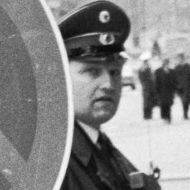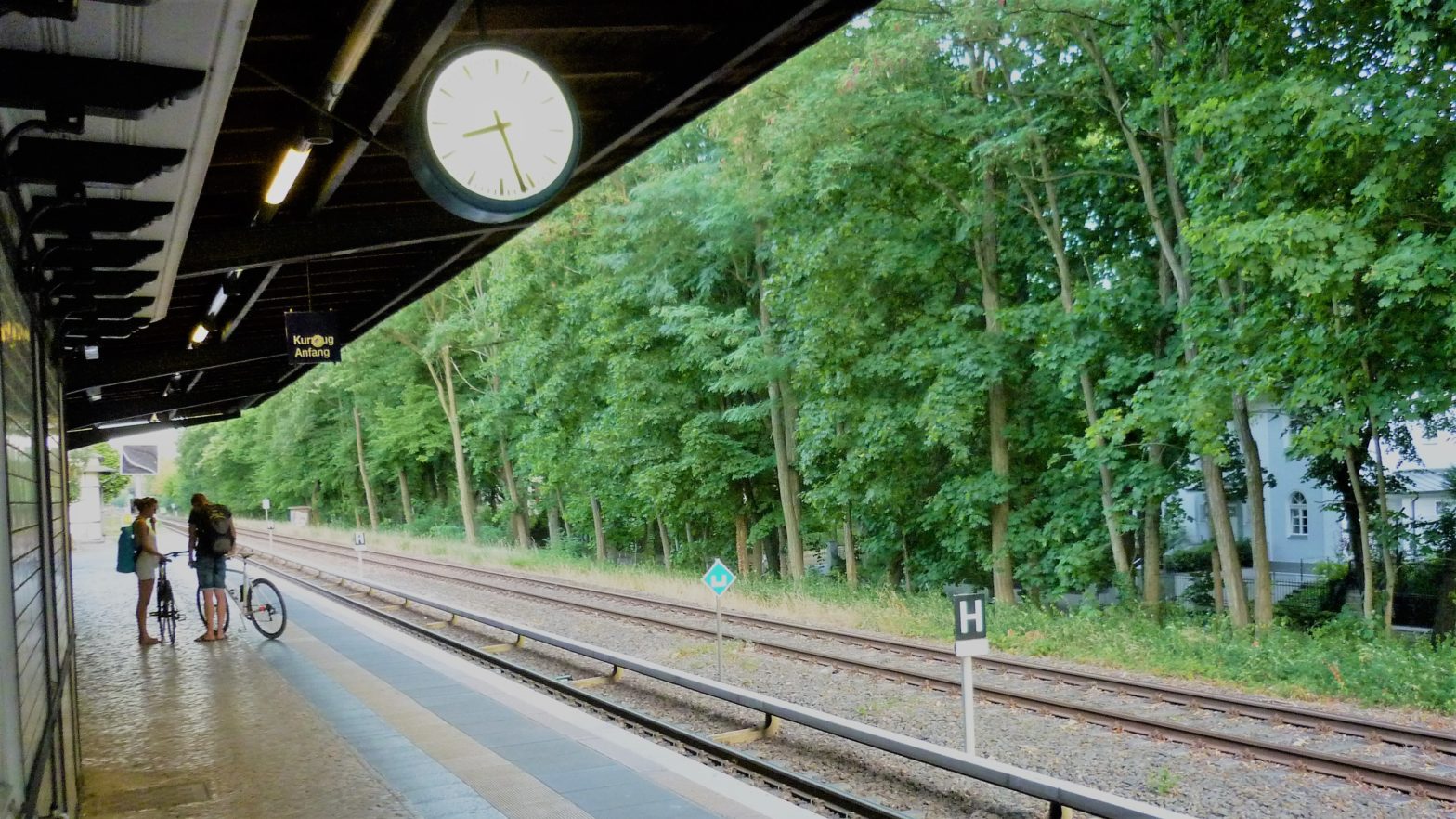1 May 2004
The following recollections were prepared by Dr. Wolfgang Bauer in response to my questions about rail operations on the line traveled by the military trains to and from Berlin. Dr. Bauer was with the Deutsche Bundesbahn in Hannover at the time that I was stationed in Berlin. We were introduced over the Internet by his son, Thomas Bauer, P.E., Dipl.-Ing. of ptv America.
As he notes, European and American railways use some differing concepts and terminology does not always translate directly. Normally, German railroaders use British railway terms when writing or speaking in English. I have edited the following from his original text, in order to smooth it out for American and Canadian readers. While there are many differences in vocabulary, I should point out that railroaders around the world can usually understand each other better than most people, and were it up to most of them, the trains would run without borders.
Dear Mr. Rynerson,
I needed some time to answer your mail. It seems pretty difficult for me:
Thirty years and more have passed since the time you mentioned, and it was 25 years ago that I last worked at Hannover constructing timetables. The operating systems and methods of the European railways are not similar to the American railways, so there are language problems, including how to understand your questions and how to answer and explain them.
There are not so many experts still available. Still, I know a nice colleague (now 81 years old), with whom I worked in 1971 in Hannover and who still lives in this region and he can remember the facts. But he has no Internet access, only private phone and the old virtues of writing letters! With his help I will try to answer your questions and explain.
1. First some remarks about our German Railway organization in the 70’s:
· Deutsche Bundesbahn (DB = West = Bundesrepublik) had its headquarters in Frankfurt (Main) and 16 Direktionen (operating divisions),
· Deutsche Reichsbahn (DR = Ost = Deutsche Demokratische Republik) had its headquarters in East Berlin and 5 Direktionen.
The railways DB and DR had officially minimal contact. There were negotiations in the highest level of the Ministers of Transport and operational contacts on the lowest level on the connecting stations of the different nets.
There were “international” contacts on the level of the “Union International de Chemins de Fer” with expert meetings, so far; but we were always warned, not to extend friendly contacts with our East German colleagues, because our colleagues, when they traveled to foreign international meetings, per example the International Timetable Conference or Expert Meetings at Paris, were always accompanied by suspicious political surveillance personnel. And we did not want to bring them into severe trouble.
After the “Wiedervereinigung” [the reunion of West and East German railway organizations that had been one entity until the division of Germany] step by step the DB and the DR merged together, but not only the departments merged, but also the organization was totally remodeled. So the timetable construction, which was since 1920 part of the railway operations department, now became part of the marketing department [the original Deutsche Reichsbahn had been organized as a corporation in 1920, merging the former railways of the various German states]. This is nowadays surely necessary, when we have introduced modern marketing concepts, and it is okay. But the introduction was not easy and still creates problems, especially if you want to look back to the past!
2. The European railways have generally an individual timetable constructed for each train and these trains are connected at a lot of stations.
The dispatcher system is only used when trains run out of their time slot.
3. Since 1971 the DB introduced the Intercity system with IC-trains (max speed 160 km/h) every 2nd hour on four main routes and connections at four stations: Köln, Mannheim, Würzburg and Hannover.
At the same time DB built new upgraded lines between Frankfurt – Hannover, Würzburg – Fulda and Stuttgart – Mannheim. When these lines went into service in 1985 it was possible to introduce the ICE-System with one train every hour and with new modern trains (max speed 250 km/h, now 300 km/h). After the Wiedervereinigung in 1989 the ICE-System was very swiftly adopted to the main connection point of Berlin and most important, the rails were renewed and infrastructure components like damaged bridges were repaired, work that had been postponed since World War II.
4. Now to your special questions:
In 1970 there was one British Military Train during daytime and one other during the night, in each direction. The time table for the night train could be quite easily constructed from Berlin to Hoek van Holland [for the railway ferry to Harwich, England]. But for the daytime train we (DB + DR + Brit and US-Transportation Officers) had no space. Main problems were:
· the commuter trains in the Berlin area;
· the time for inspection and changing the power from steam-DR to Diesel-DB at Marienborn [DR] and Helmstedt [DB];
· the commuter trains between Braunschweig and Hannover;
· the international East -West trains Paris – Moscow;
· occupied platforms in Hannover for the connecting trains between South – North and East – West;
· and changing traction from Diesel to electric powered-NS-locomotives at Bentheim or Leiden.
Therefor the daytime train ended at Braunschweig and the DB together with NS ran the E1544 [Eilzug = semi-express train] Bad Harzburg – Braunschweig – Bentheim – Hoek van Holland.
5. It is quite difficult to rethink the decisions we made thirty years ago, the possibilities and options we had to attend to, but also the political responsibilities and not at least the interests of the companies DB and DR had to be reconsidered.
I tried as best as I could rethink this, together with my college at Hannover, but there is no way to prove it without a considerable amount [of research]. As I demonstrated above, the sources are dried up or buried. And, I’m afraid, there are more people interested in burying them, more than to excavate them (railway-officials as well as politicians)!
With best regards,
Yours, Wolfgang Bauer
For a modern trip on the Main Line of the Cold War:

